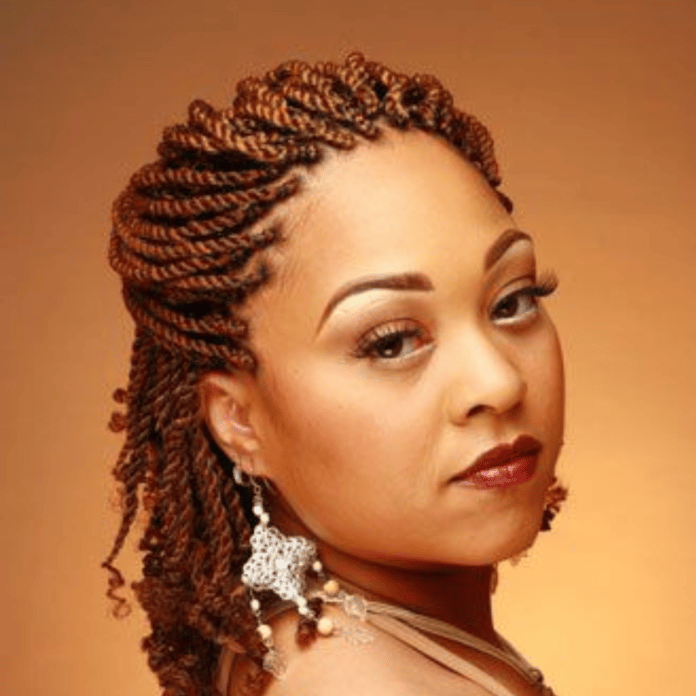There is no need to remind once again that our world is diverse, and multinational, that within one state we will find representatives of many cultures and races. However, as it turns out in practice, this does not always work when it comes to the field of beauty, in particular, hairdressing services, which, bypassing all the laws of globalization, sometimes have difficulty adapting to the need to separate care for different types of hair.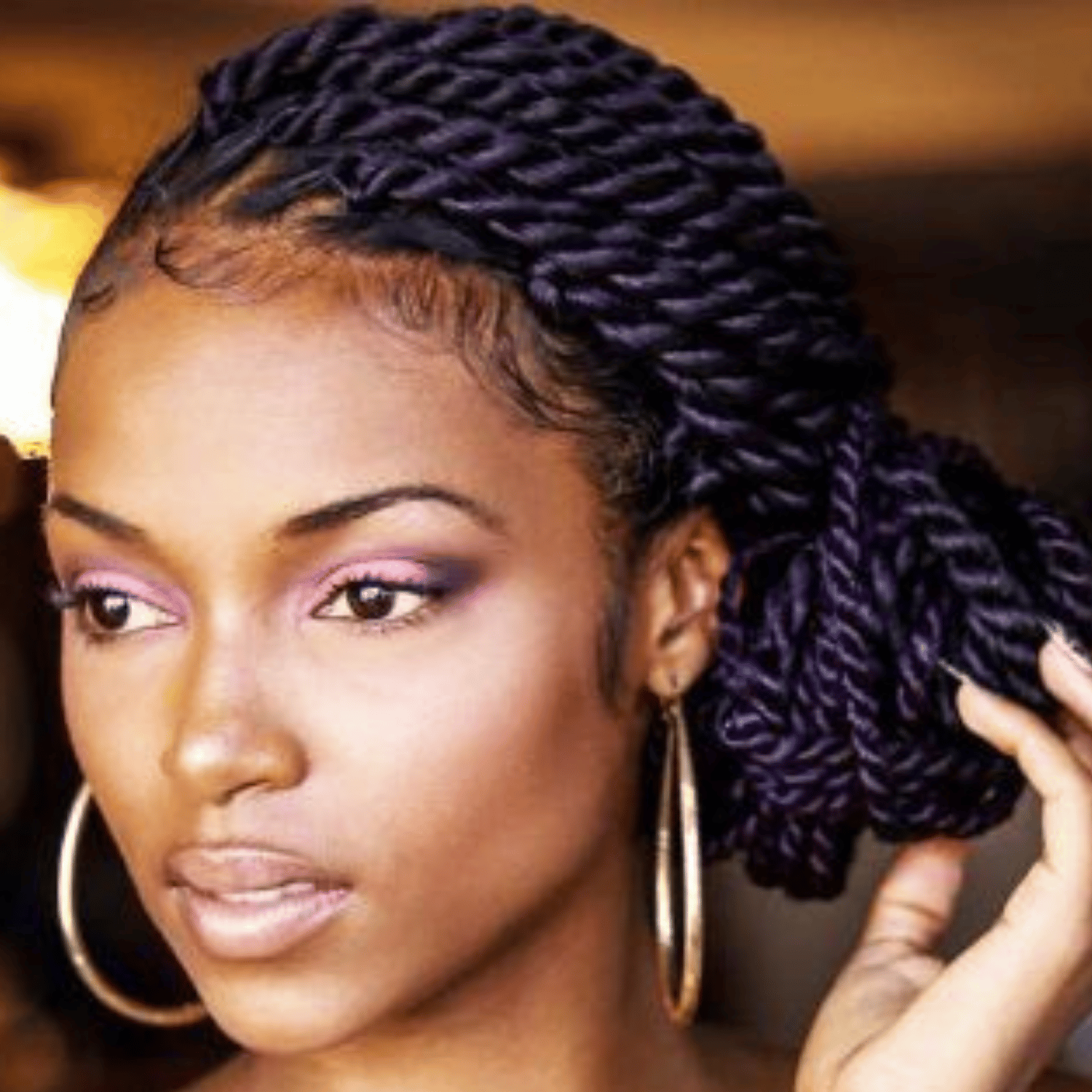
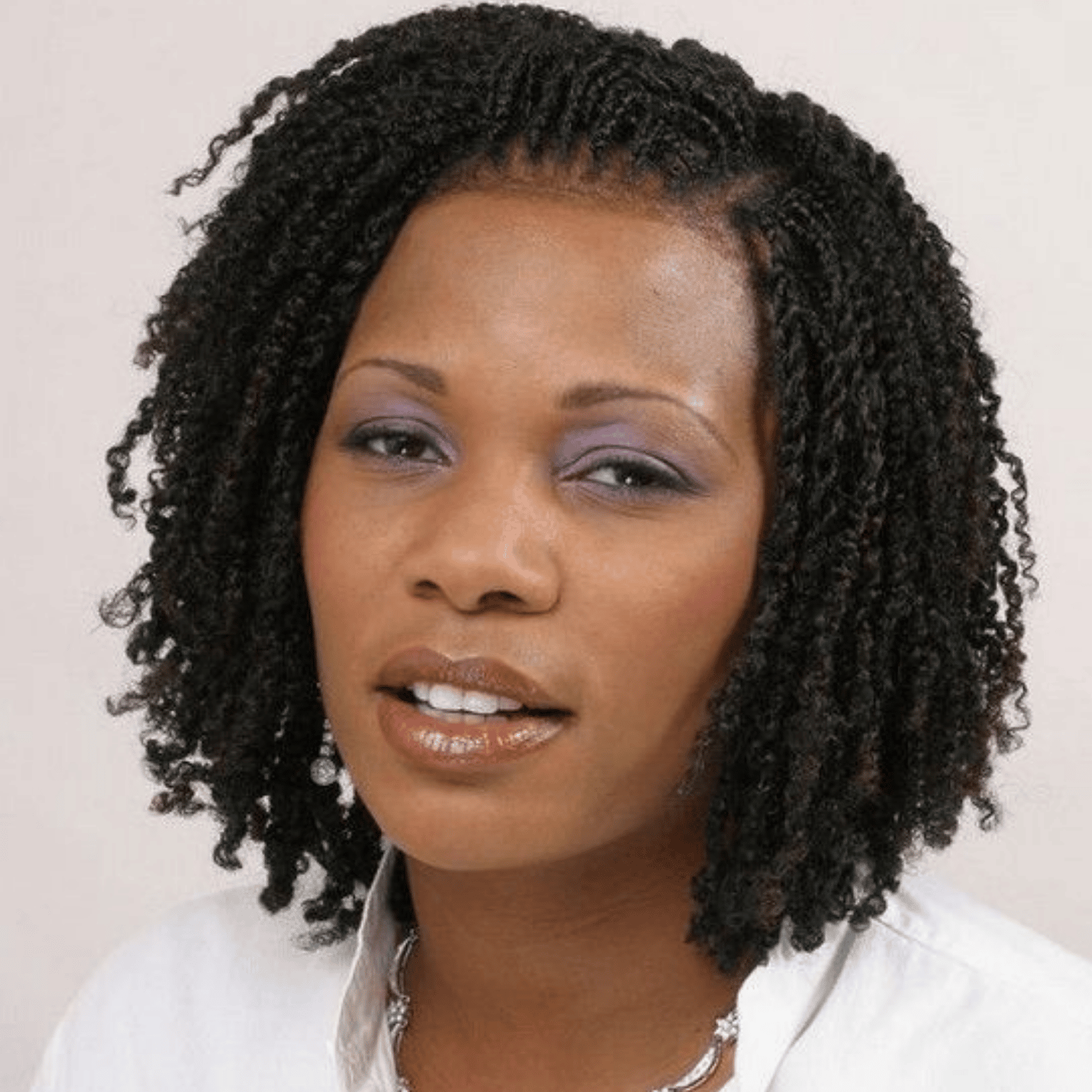
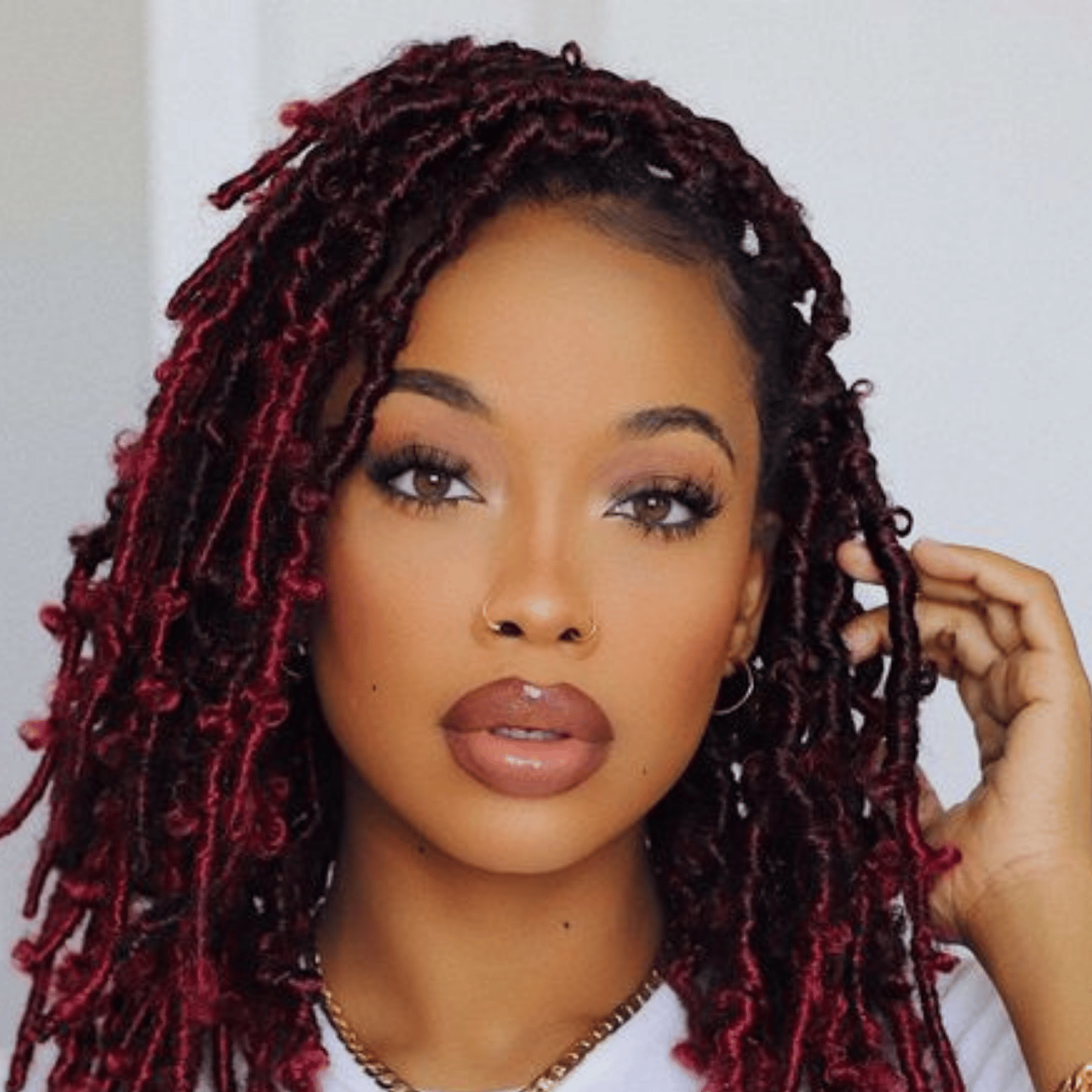
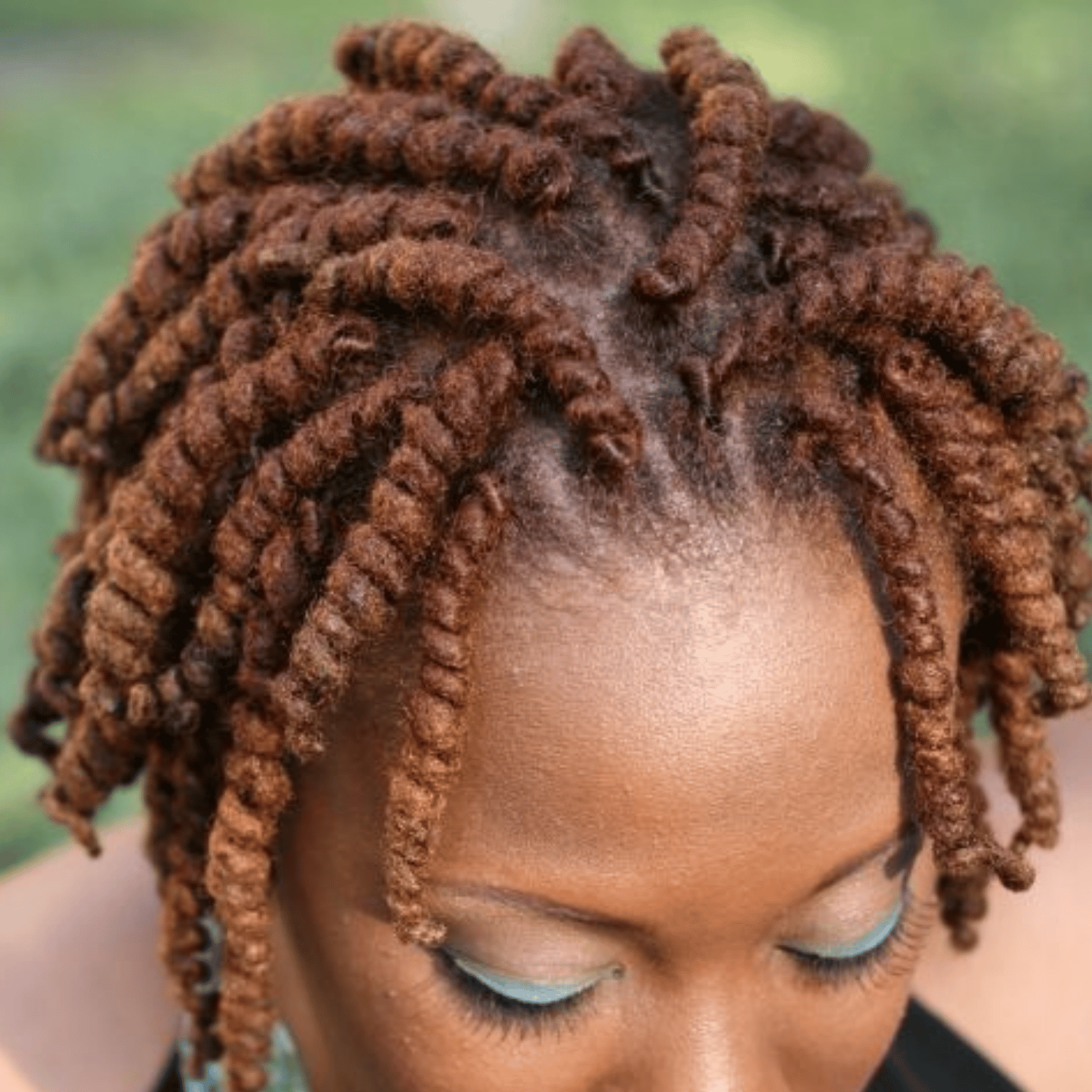 Both hairdressers and their clients, who are far from a professional perspective of considering the topic of beauty, know that there are different types of hair in nature, but not many people guess that hair has, if not nationality, then race. It overlooks the need to differentiate hair care, which many masters simply call problematic.
Both hairdressers and their clients, who are far from a professional perspective of considering the topic of beauty, know that there are different types of hair in nature, but not many people guess that hair has, if not nationality, then race. It overlooks the need to differentiate hair care, which many masters simply call problematic.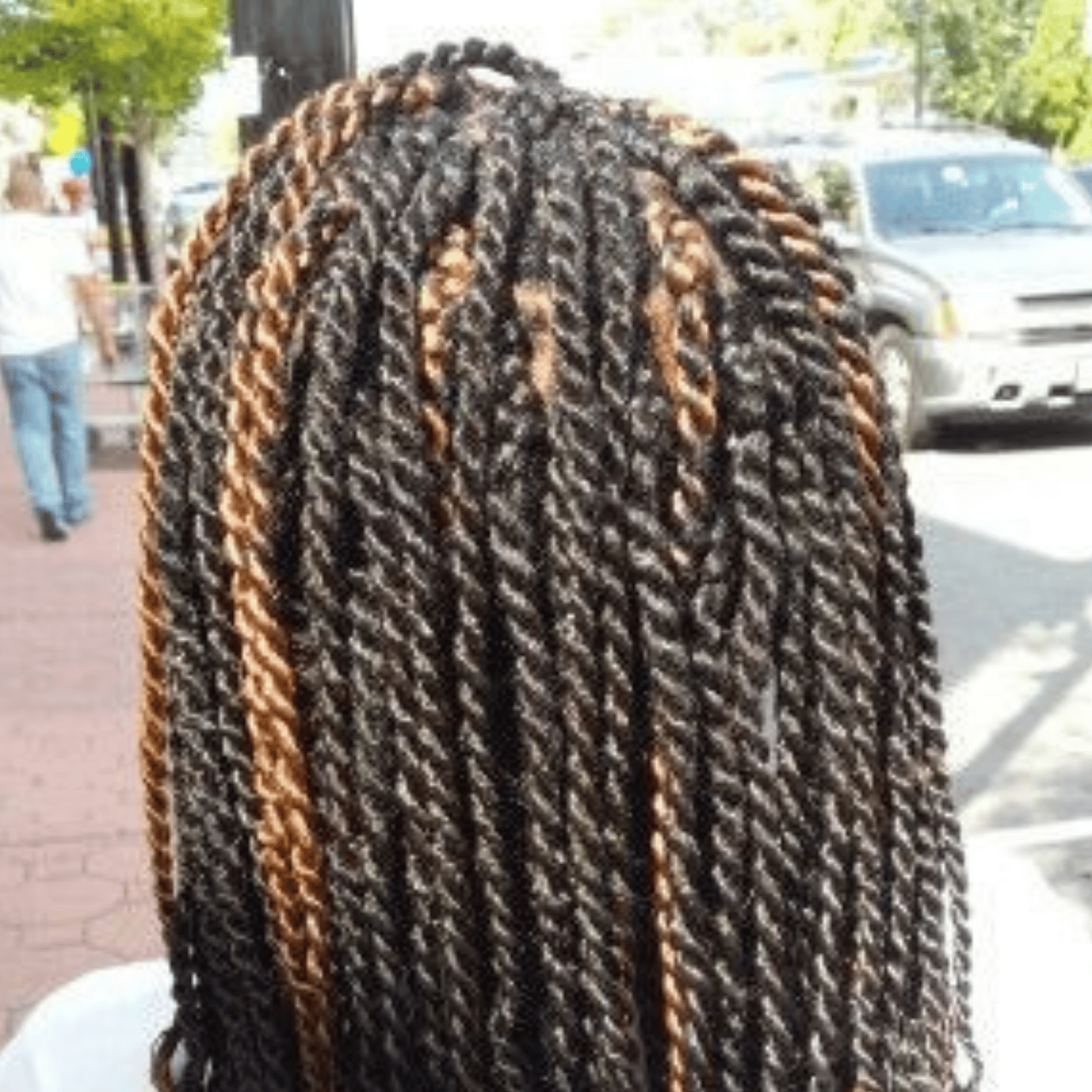
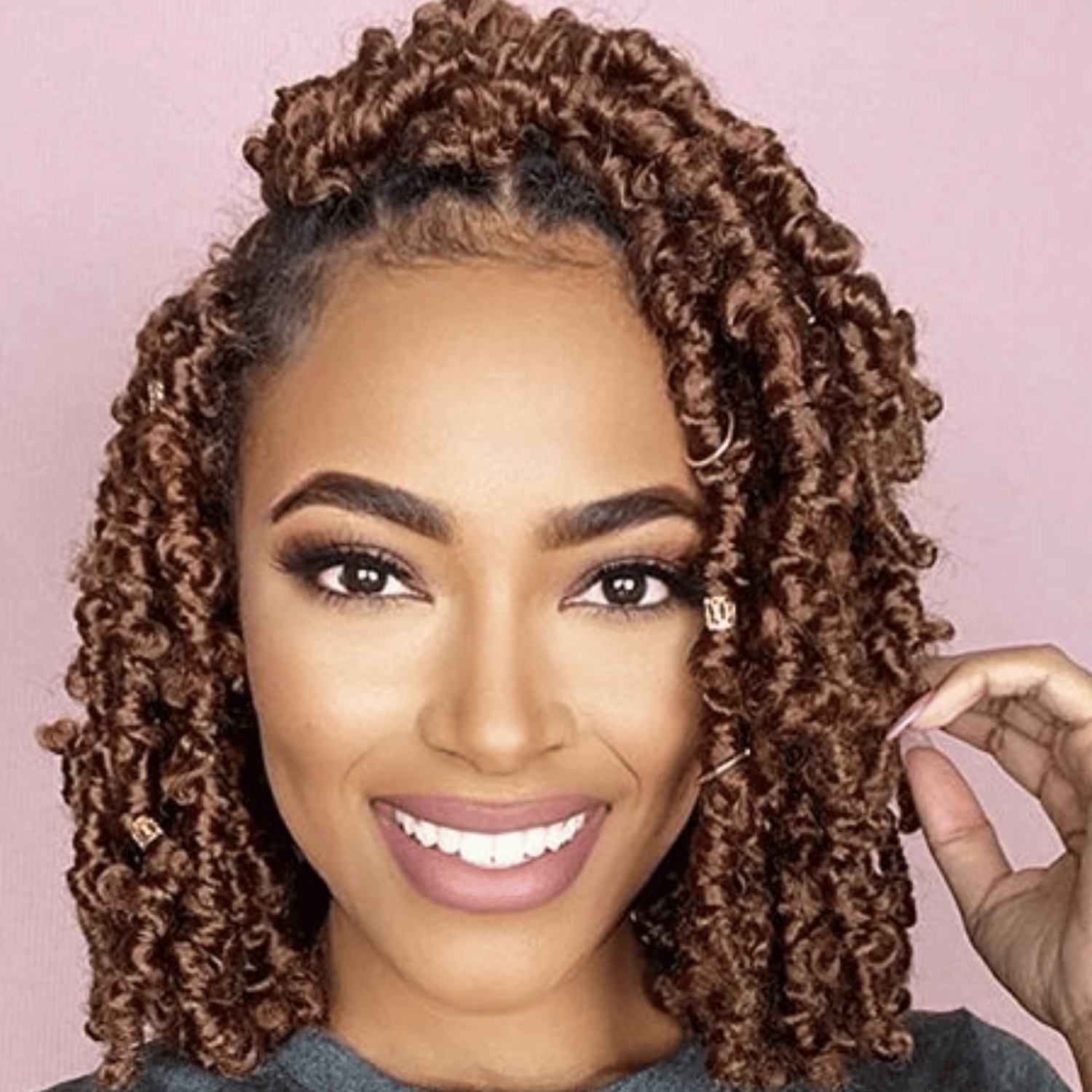
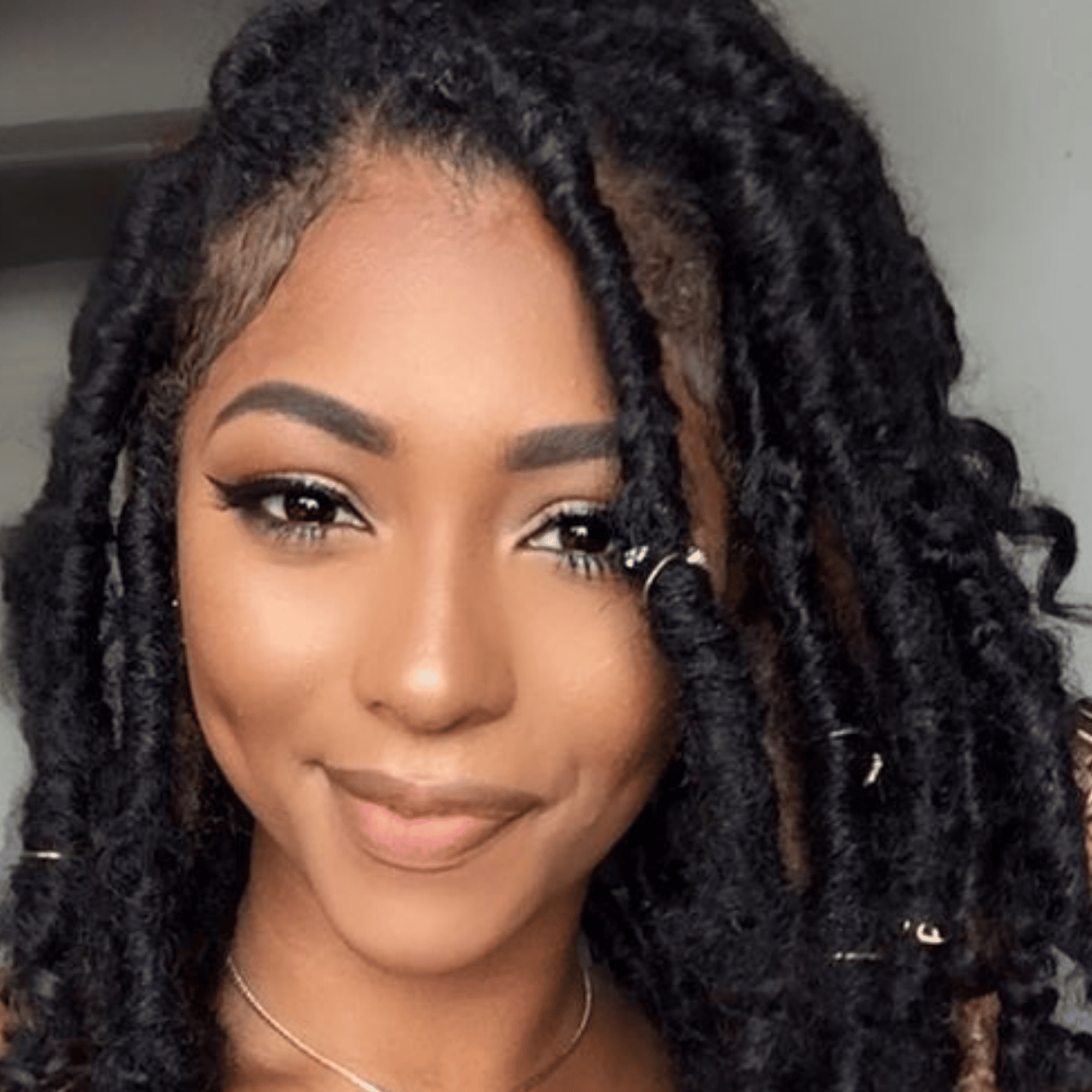 Not all hair is the same, we know that. But the fact that not all curly hair endures the same care is often forgotten even by masters, especially when a client, for example, of African origin, sits in a chair with a mop of hair through which it is even difficult to thread a comb.
Not all hair is the same, we know that. But the fact that not all curly hair endures the same care is often forgotten even by masters, especially when a client, for example, of African origin, sits in a chair with a mop of hair through which it is even difficult to thread a comb.
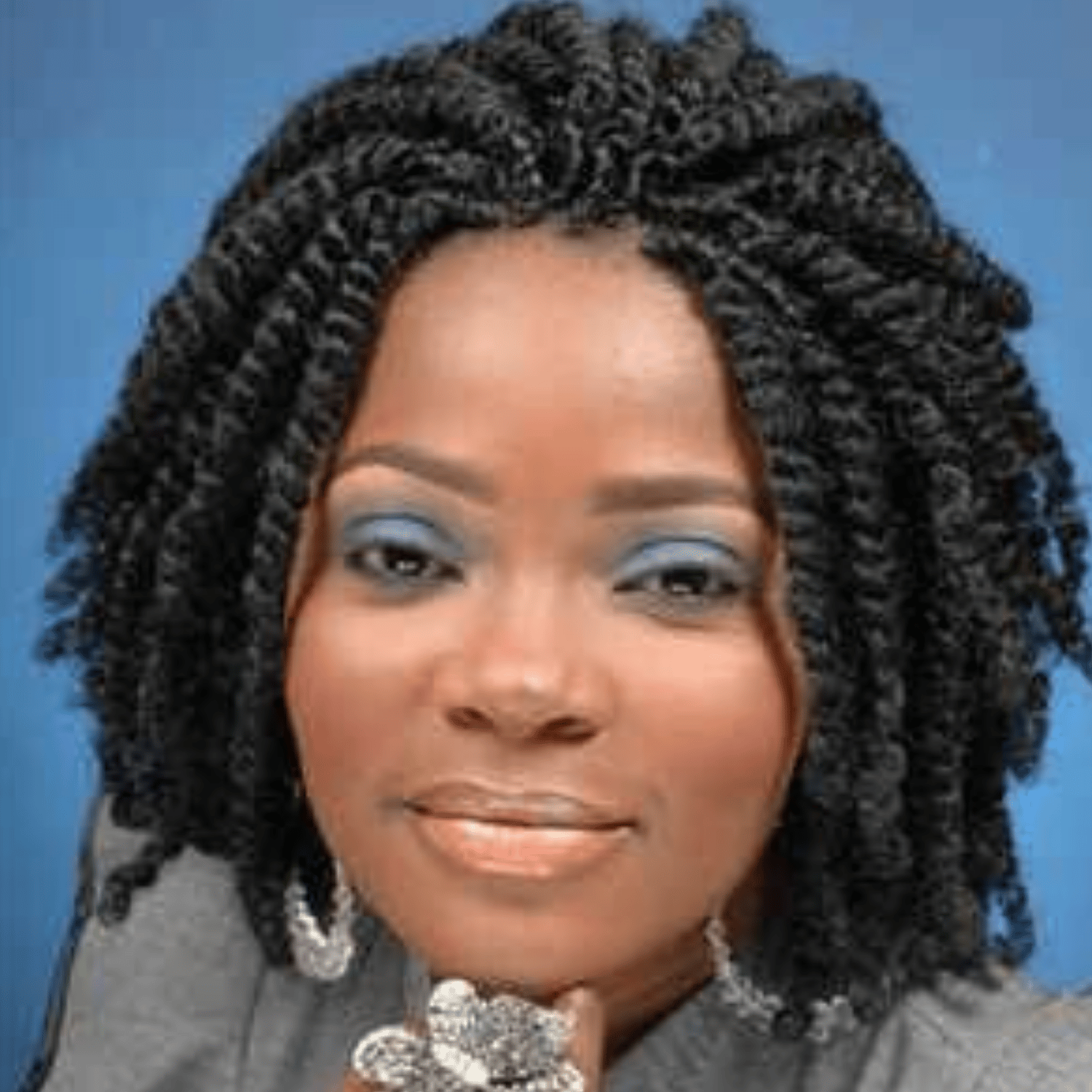
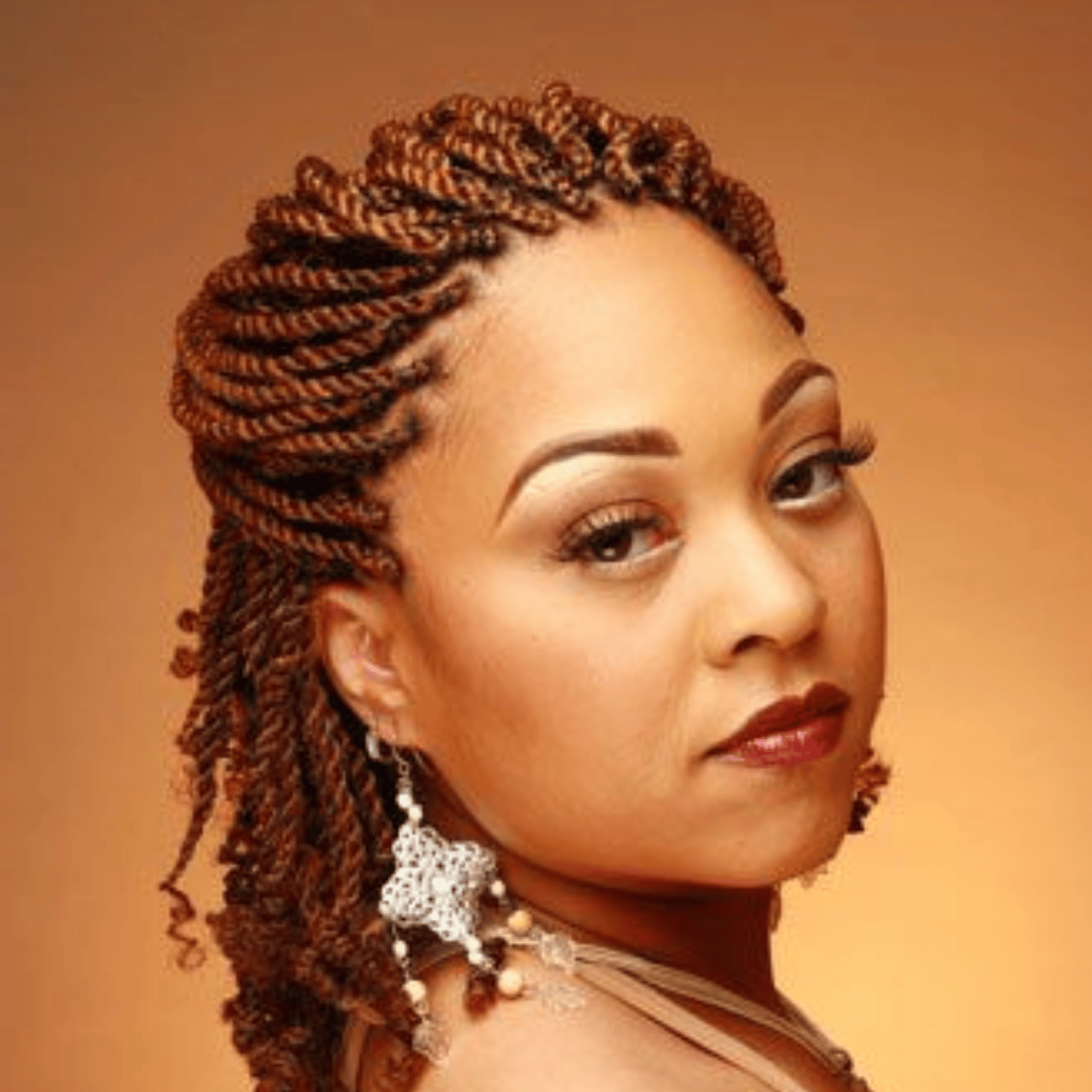
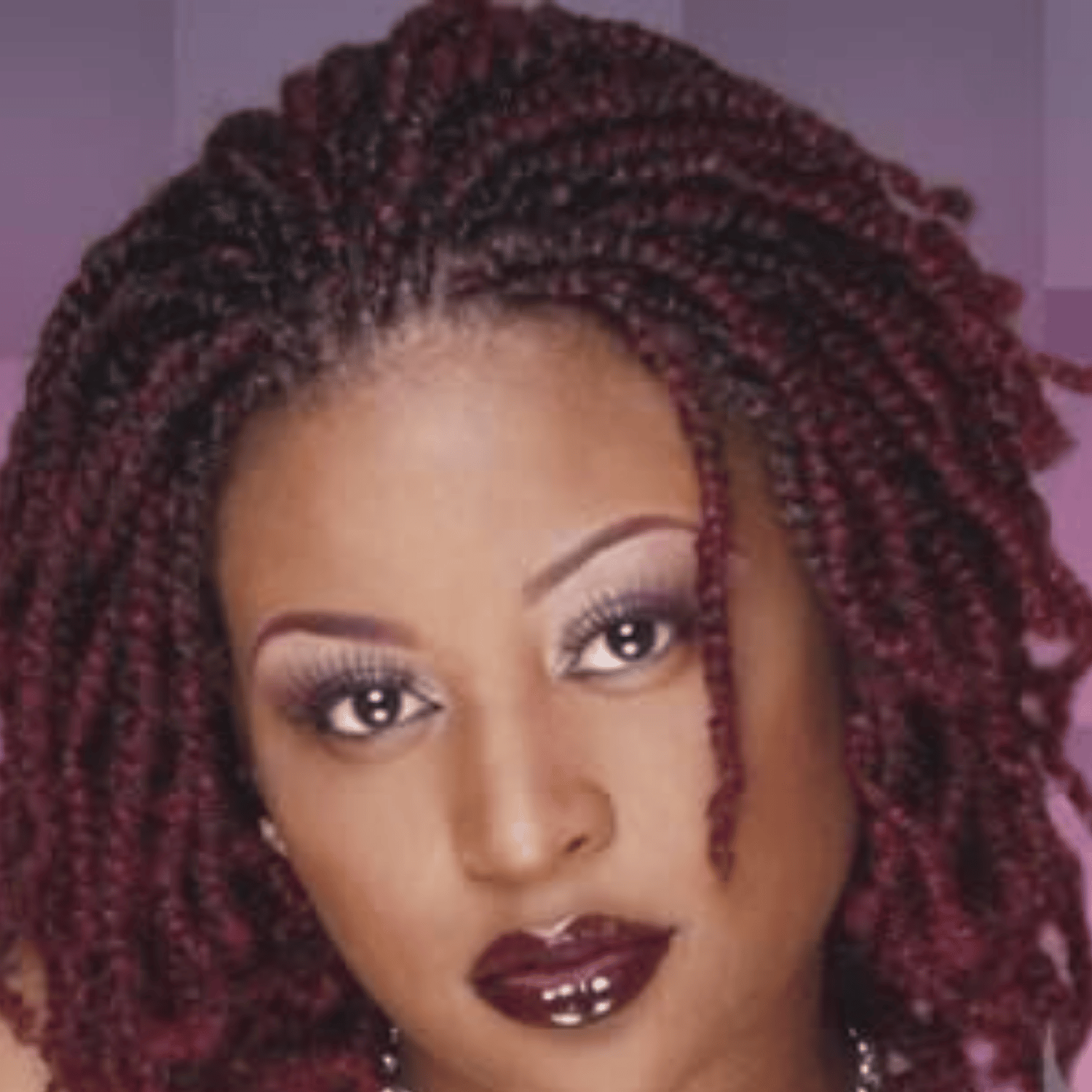 Problematic hair that requires special handling is considered to be African (African American), Asian, Hispanic, and Caucasian. Each hair has its characteristics, and each owner of such hair in a regular salon faces certain difficulties.
Problematic hair that requires special handling is considered to be African (African American), Asian, Hispanic, and Caucasian. Each hair has its characteristics, and each owner of such hair in a regular salon faces certain difficulties.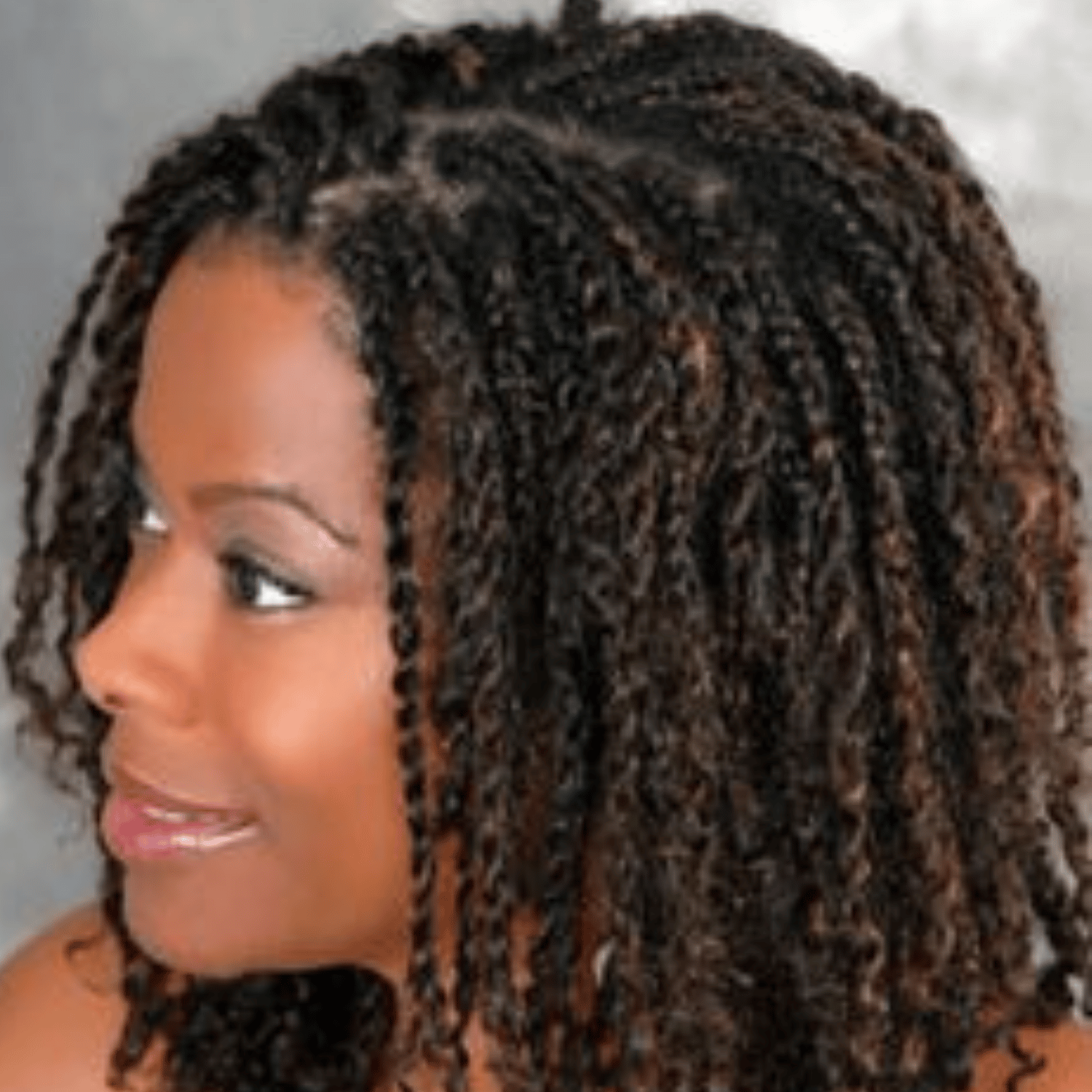
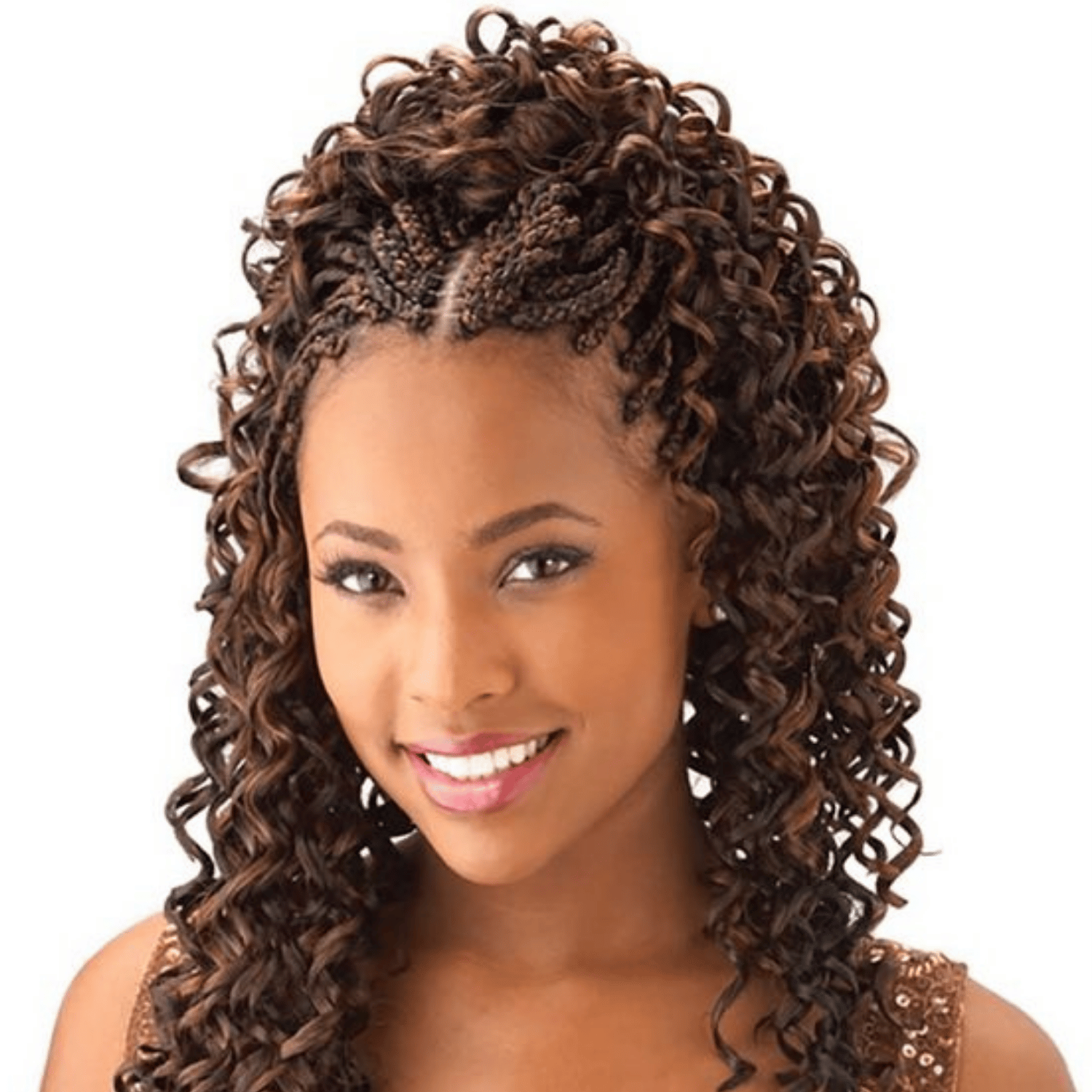
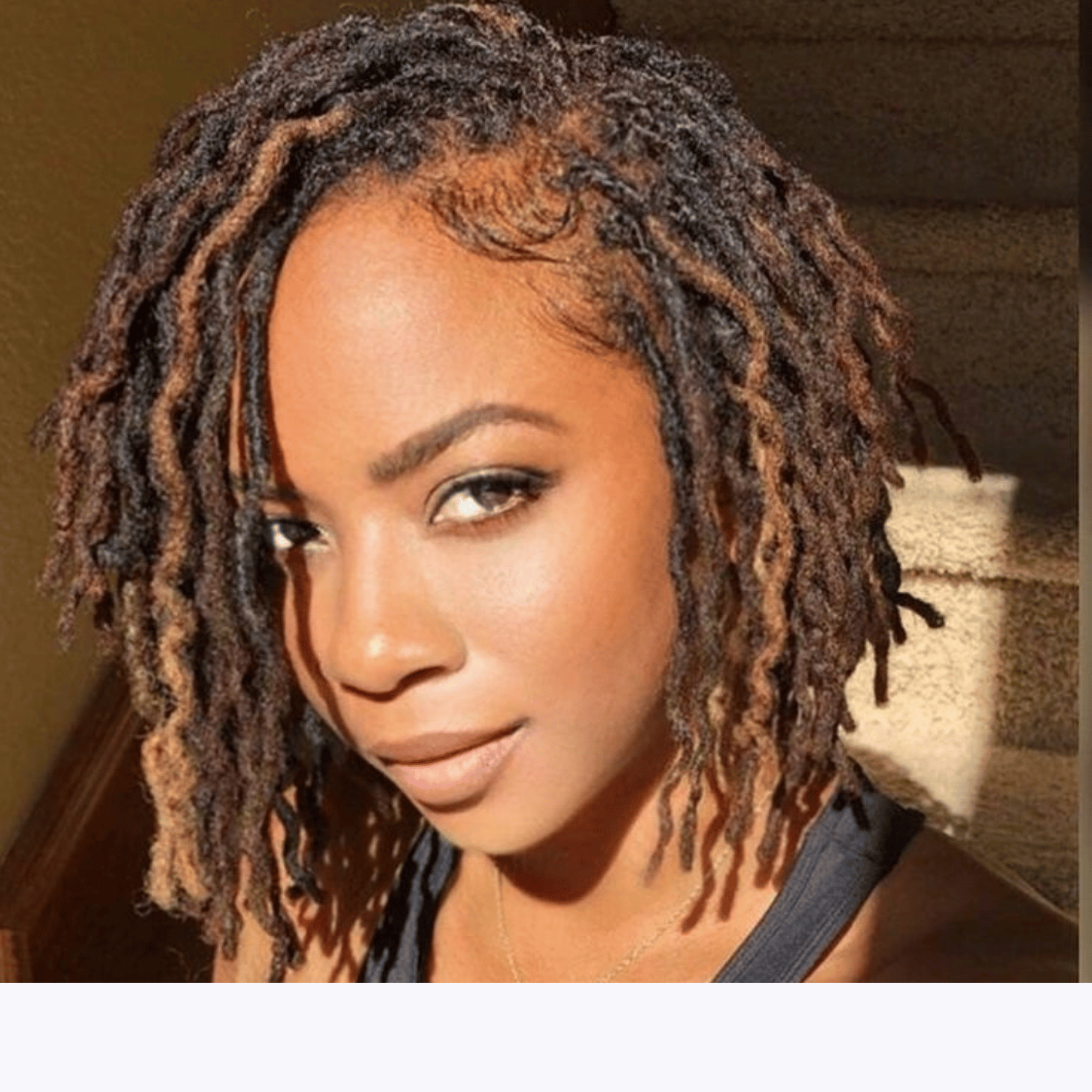
African hair is the most resistant to traditional haircuts, styling, and standard care. They are quite thick, curly, often with a very tight curl, which can be straightened only by ironing, which is mainly used by both stylists and the owners of luxurious curls themselves. In the US, about 80% of women with such hair rarely or often try to straighten it in different ways.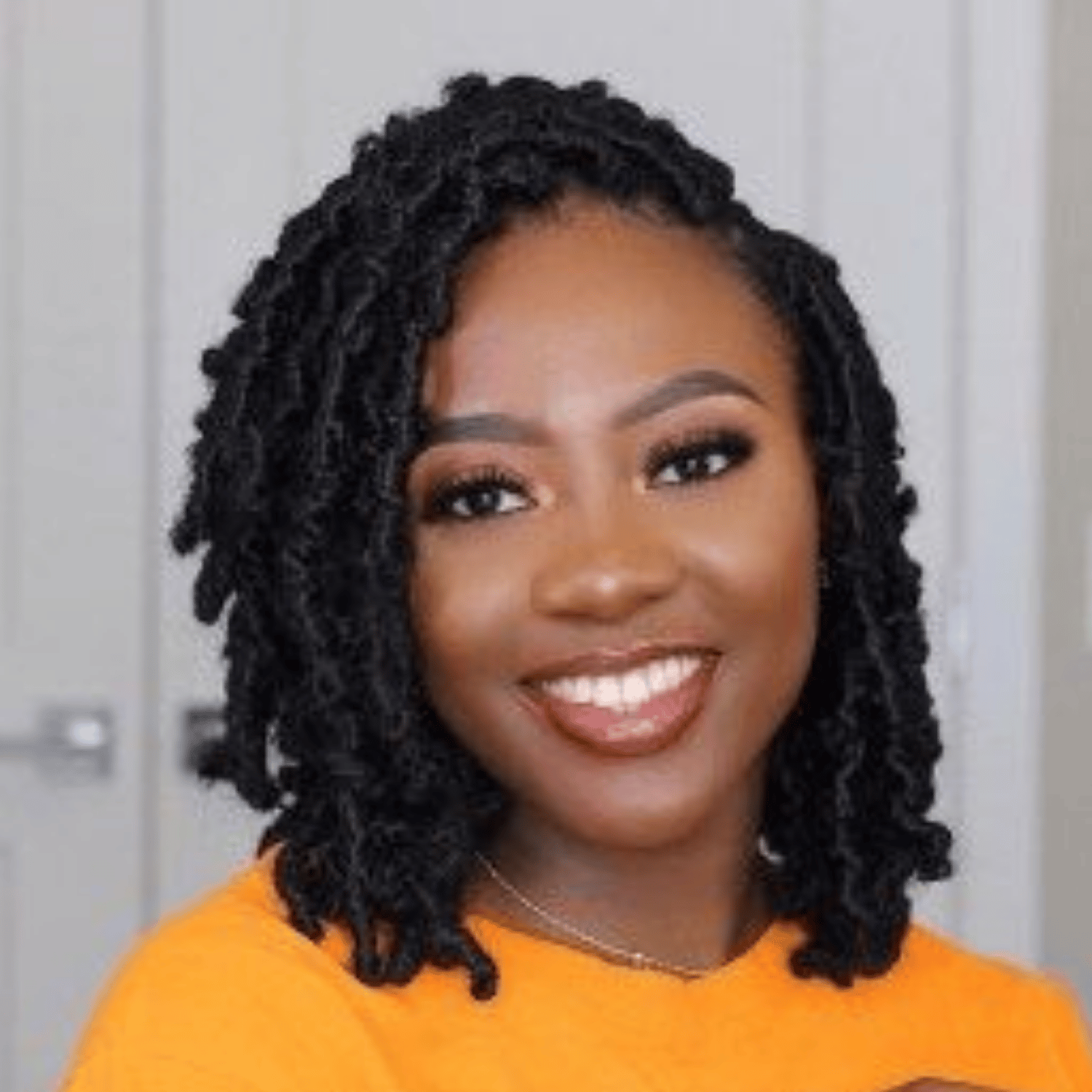
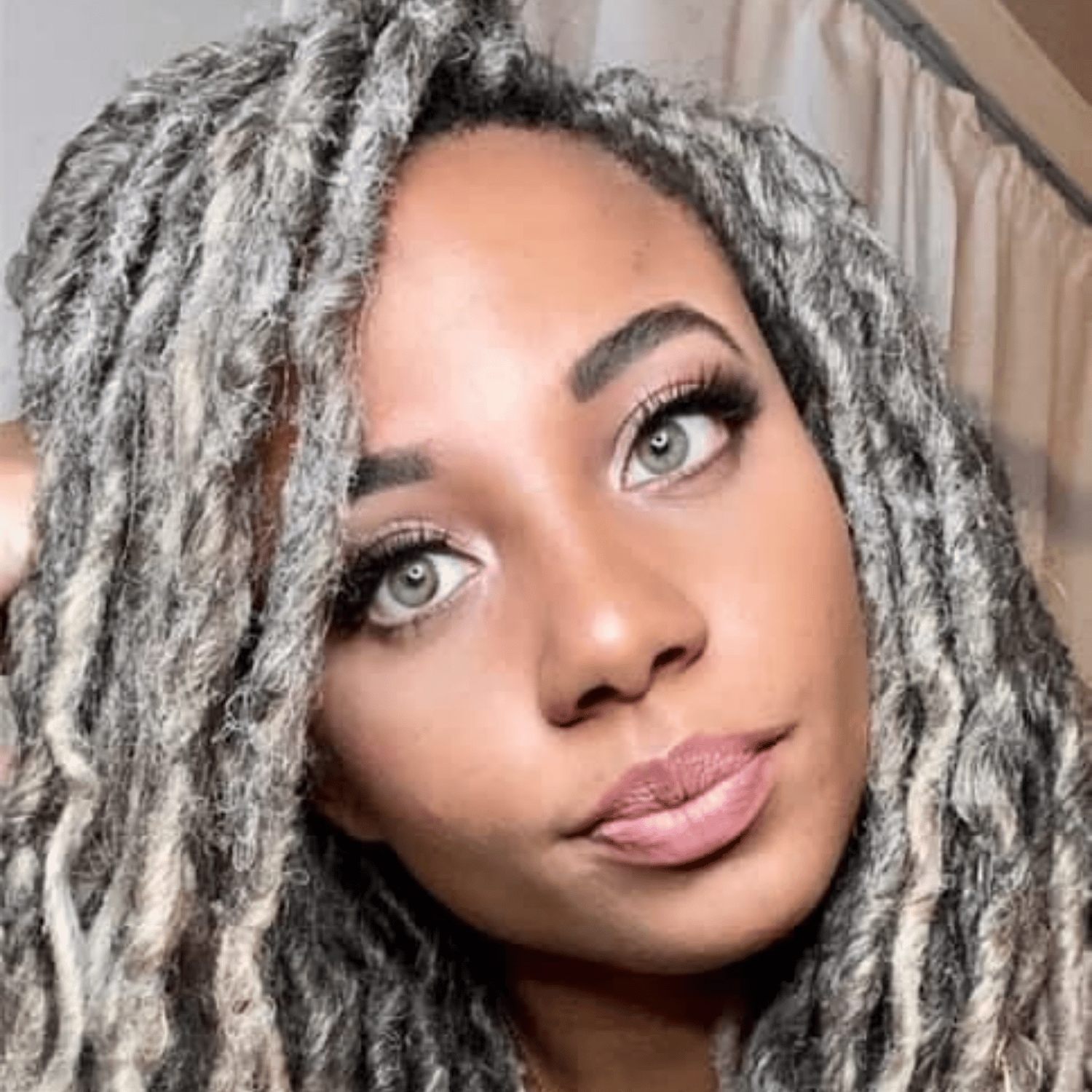
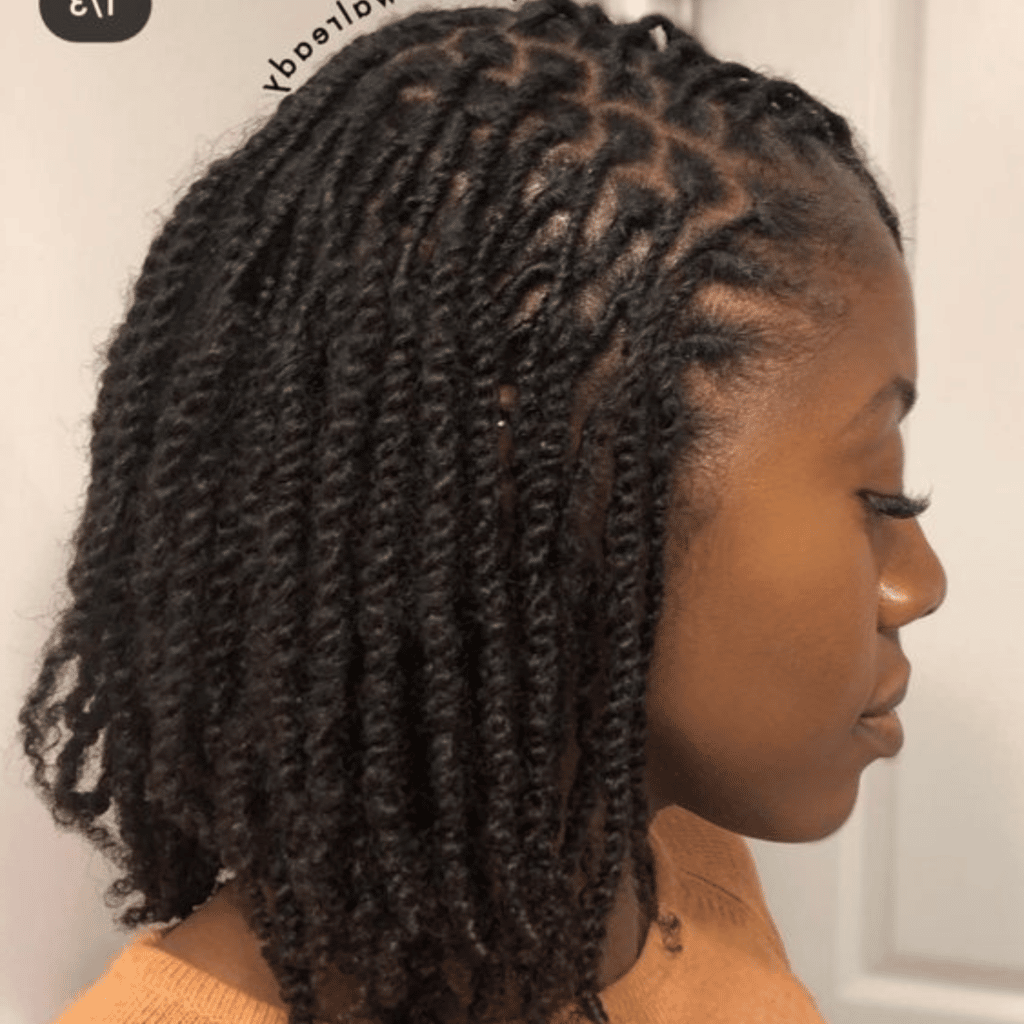
Despite all its rebelliousness, African hair tends to be very brittle, dull, and dry (more than 60% of women complain about this), and improper care plays an important role in this factor. Straighteners, pulling with brushes under the hot air of a hair dryer, as well as chemicals used to straighten hair cannot but affect their condition.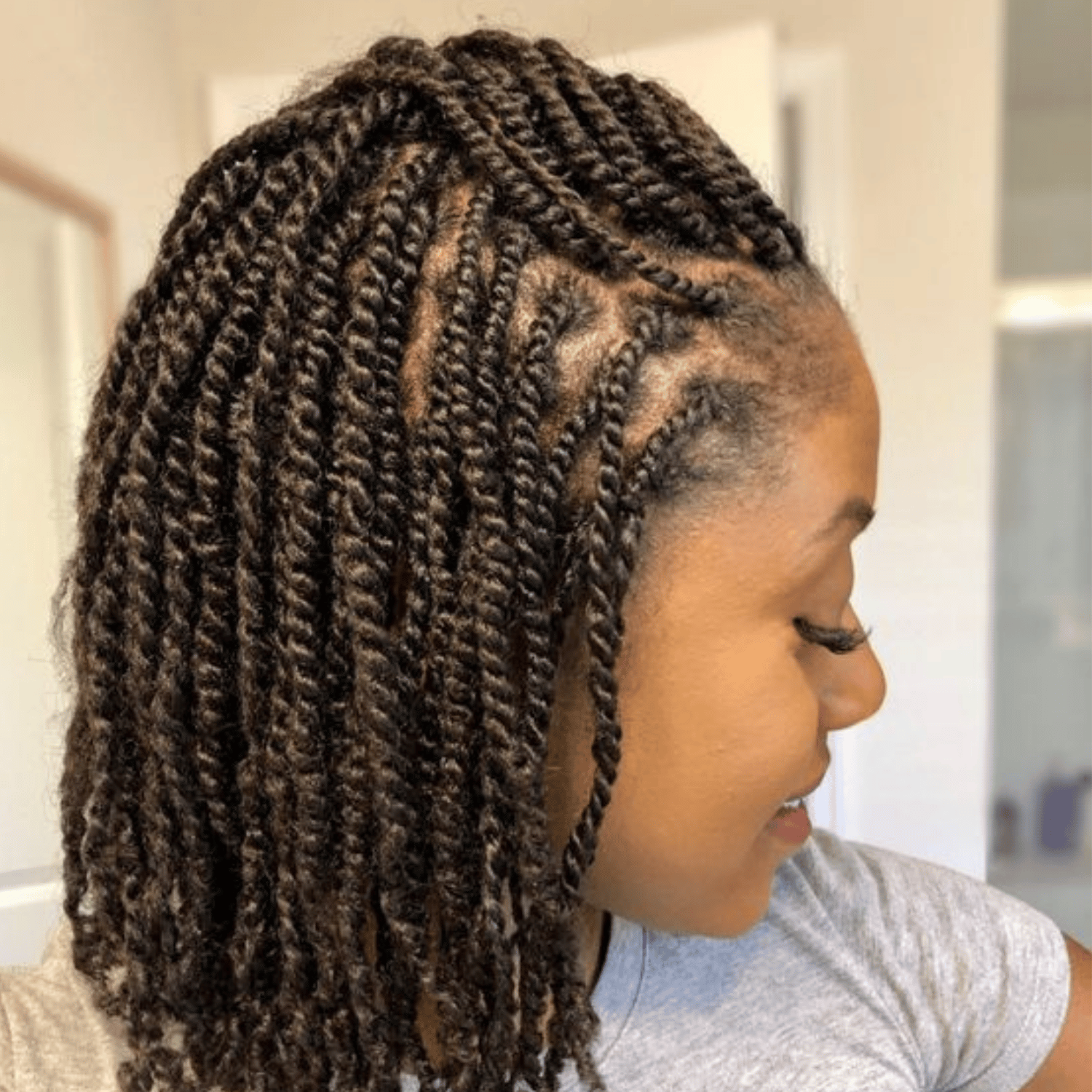
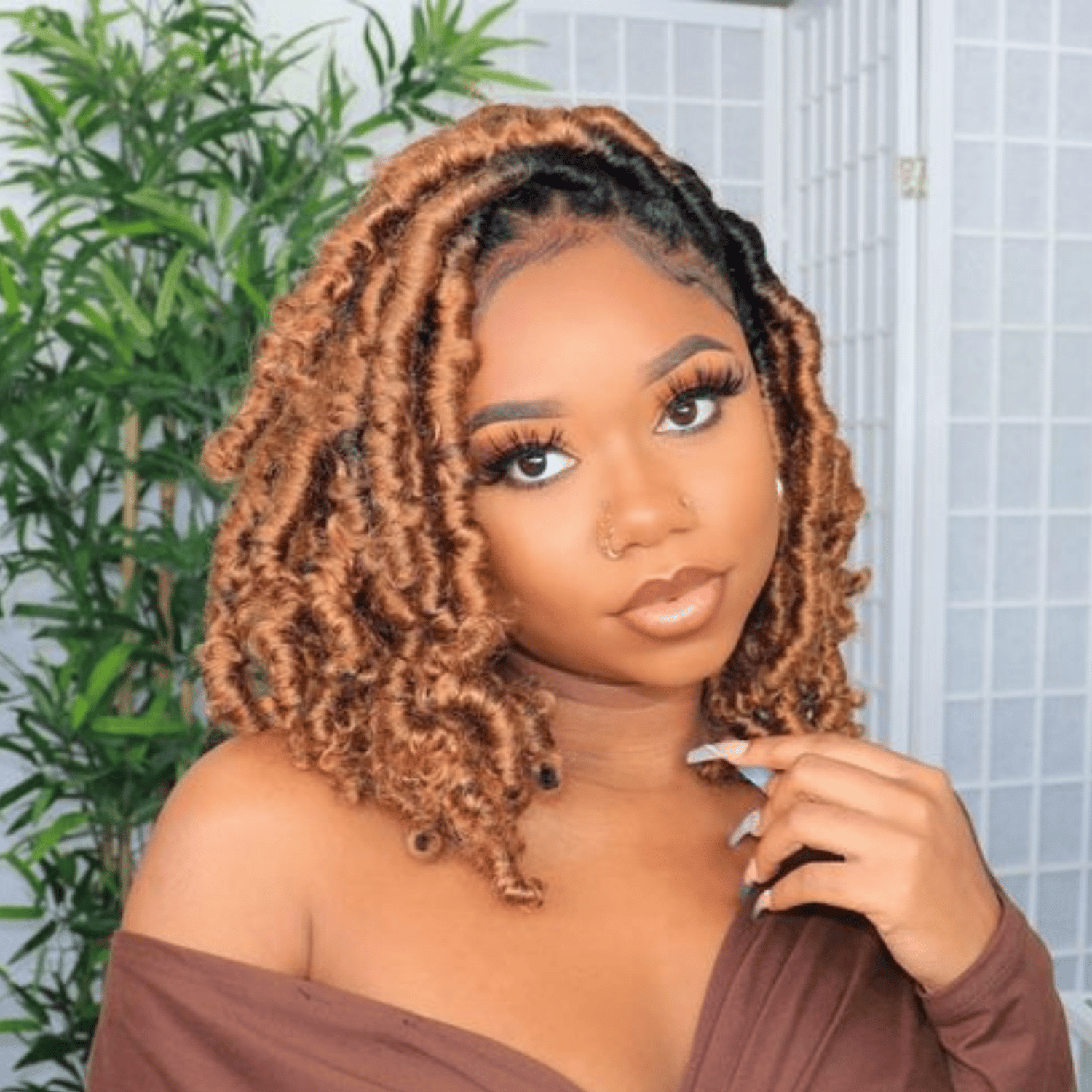
As a result, the hair loses its natural moisture and its structure is severely damaged. African hair is designed by nature to be thick so that it can maintain a normal level of moisture and protect the skin. And trying to straighten them, we break this balance, and heavily damaged porous curls come to replace dense curls.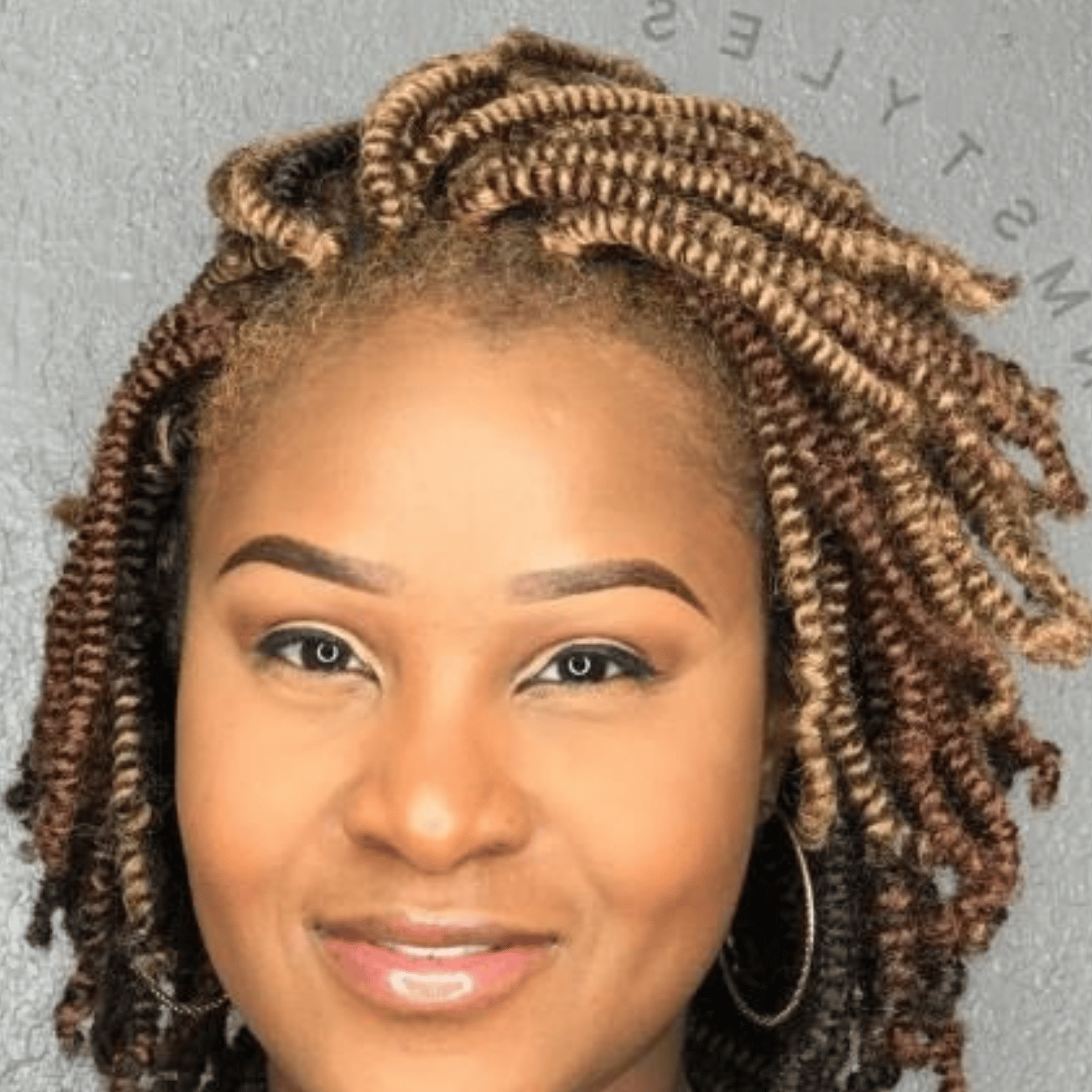
John Chong, a stylist who was named the best multicultural stylist at the 2008 Canadian Contessa competition, advises that such hair be subjected to as little as possible strong influences of both chemical and thermal nature. The hair restoration master himself uses oil masks, and to give shine to his hair, to tame unruly curls, he uses styling wax.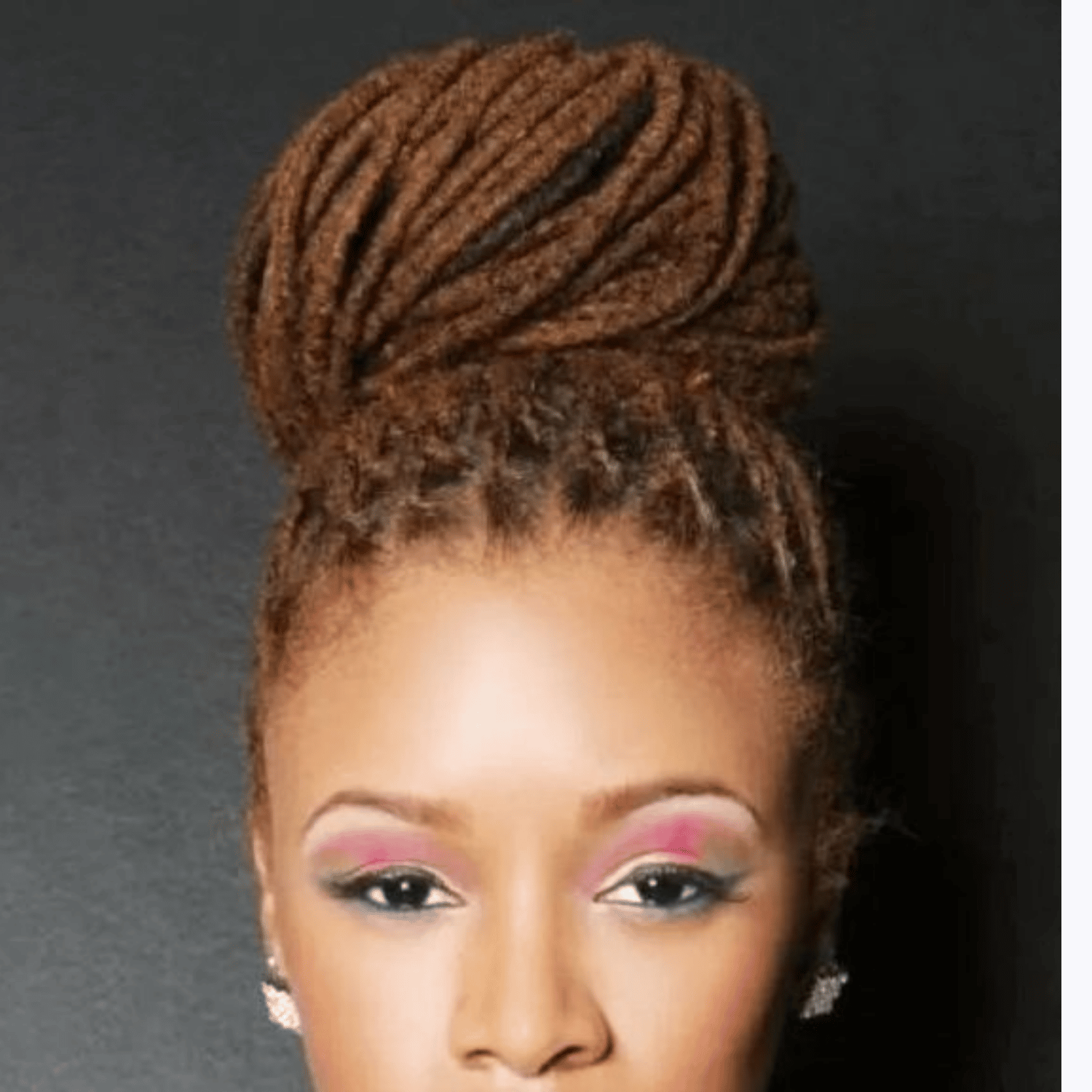
The hair of Hispanics, as well as the inhabitants of southern Europe (Spanish, Italians, Portuguese), have a similar hair type to Asians, with the only exception that the former tend to form waves and curls due to a rather humid climate. Asian hair tends to be quite coarse, straight, and shiny. Latin American hair tends to lose moisture, making it dry and damaged.
